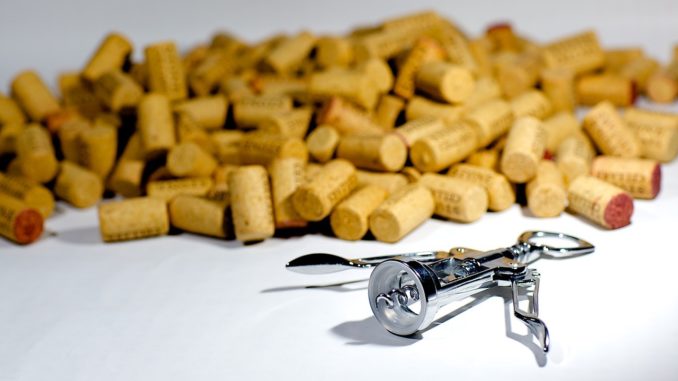
According to a study by the BMJ, alcohol marketing is linked to a higher risk of drinking among teens in the UK, and ownership of alcohol-themed merchandise is linked to the intention of non-drinkers to try alcohol
Medium to high awareness of alcohol marketing among UK teens has been linked to increased consumption and a greater probability of ‘higher risk’ drinking among current drinkers, according to the results of a large, observational study published BMJ Open.
Additionally, ownership of branded alcohol merchandise is linked to future intention of trying alcohol among non-drinkers, the findings show.
360 degree marketing strategies have created a range of ways in which young people can be exposed to alcohol marketing, and it may now be time to look at how this level of exposure could be reduced, suggest the researchers.
They wanted to see if there might be any link between alcohol marketing and drinking patterns/intentions among a representative sample of UK teens.
They drew on information supplied by 3,399 11 to 19-year olds who responded to the 2017 Youth Alcohol Policy Survey. Three-quarters (76%) were below 18, the legal age for buying alcohol.
Most lived in England, with their parents or other family members, and were in some form of education.
The teens were asked how often, if at all, they had seen marketing for alcohol over the past month in nine different channels, ranging from billboards, TV and magazines, to social media and sport and event sponsorship.
Their responses for each of the nine channels were scored from one to six, where one equals every day and six equals not in the past month. The scores were used to approximate total marketing awareness over the preceding month.
The teens were also asked if they owned any branded alcohol merchandise. And they were asked how much and how often they drank alcohol. Their responses were categorised according to the Alcohol Use Disorders Identification Test-Consumption (AUDIT-C).
Susceptibility to trying alcohol was classified as the absence of a firm intention not to do so in response to the question: “Do you think you will drink alcohol at any time during the next year?”
The responses showed that almost half the weighted sample were current drinkers, and almost half of these (707; 44%) were classified as ‘higher risk’ drinkers, with an AUDIT-C score of five or higher.
At least half the sample recalled 32 instances of alcohol marketing within the past month, with one in 10 of the sample reporting daily or nearly daily awareness from three of the nine marketing channels.
The most common sources of marketing awareness were TV adverts, celebrity endorsements, and special offers, with more than a third of respondents saying that they had noticed marketing through these channels at least weekly.
Levels of awareness were classified as low–16 or fewer instances in the past month (35% of the sample); medium–17 to 53 instances (32%); and high–54+(34%).
This is an observational study, and as such, can’t establish cause. Nevertheless, they concluded: “The results highlight that 360-degree marketing strategies have created several avenues for young people to be exposed to, or involved with, alcohol marketing, and that is associated with consumption and higher-risk drinking in current drinkers and susceptibility in never drinkers.”
They added: “Further scrutiny and examination of the UK’s self-regulatory approach and viable alternatives are needed to identify feasible, appropriate and effective means of reducing marketing exposure in young people.”
Don’t forget to follow us on Twitter, or connect with us on LinkedIn!

Be the first to comment